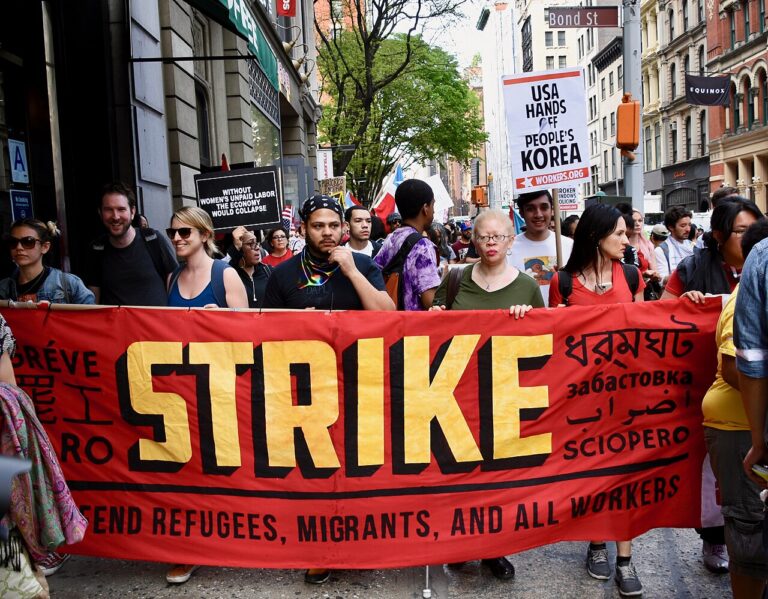Jon Weinberg is a student at Harvard Law School.
The Supreme Court will soon be presented with the opportunity to decide whether unions can constitutionally charge non-members “fair share” fees. According to Bloomberg BNA, “the National Right to Work Legal Defense Foundation intends by the end of May to file a petition asking the high court to review a Seventh Circuit decision dismissing a lawsuit by two Illinois government workers who challenged the fees on First Amendment grounds.” The Supreme Court heard a similar challenge in 2016, Friedrichs v. California Teachers Association, but ultimately ruled 4-4 following the death of Justice Scalia, thus affirming a lower court decision finding that public-sector unions may continue to collect “fair share” fees from nonmembers. The Seventh Circuit similarly upheld such fees in the case at issue now.
Using colorful language about a boss does not deprive a worker of the protections of the National Labor Relations Act, according to the Second Circuit. Consumerist reports that the Second Circuit found that the operator of restaurants at New York’s Chelsea Piers illegally terminated a worker in retaliation for engaging in protected activity when, two days before a unionization vote, the worker posted a colorful Facebook post about his boss in urging support for unionization. The Second Circuit concluded that “the NLRB could reasonably determine that the server’s “outburst was not an idiosyncratic reaction to a manager’s request but part of a tense debate over managerial mistreatment in the period before the representation election.”
America’s male-dominated industries want to diversity. Per the Chicago Tribune, the “Iron Workers union this month leaped to the cutting edge of the effort, becoming the first building trades union to offer up to eight months of paid maternity leave to pregnant women and new moms” despite only 2 percent of union members being women. The union and other traditionally male-dominated employers are driven to recruit women by the aging of baby boomers, a decline in enrollment in vocational education, and other factors.
The doctor is in, and they may want to unionize. A physician writes for KevinMD.com that “before I started my residency program at Boston Medical Center (BMC), I had no idea that residents were unionized at 60 hospitals across the country. I actually didn’t know much about unions or the labor movement until I got involved in contract negotiations between my own union, the Committee of Interns and Residents (CIR), and Boston Medical Center administration. Through this process, I now know what it is like to really be part of a union and I am proud to say I am a union member.”






Daily News & Commentary
Start your day with our roundup of the latest labor developments. See all
January 7
Wilcox requests en banc review at DC Circuit; 9th Circuit rules that ministry can consider sexual orientation in hiring decisions
January 5
Minor league hockey players strike and win new deal; Hochul endorses no tax on tips; Trump administration drops appeal concerning layoffs.
December 22
Worker-friendly legislation enacted in New York; UW Professor wins free speech case; Trucking company ordered to pay $23 million to Teamsters.
December 21
Argentine unions march against labor law reform; WNBA players vote to authorize a strike; and the NLRB prepares to clear its backlog.
December 19
Labor law professors file an amici curiae and the NLRB regains quorum.
December 18
New Jersey adopts disparate impact rules; Teamsters oppose railroad merger; court pauses more shutdown layoffs.